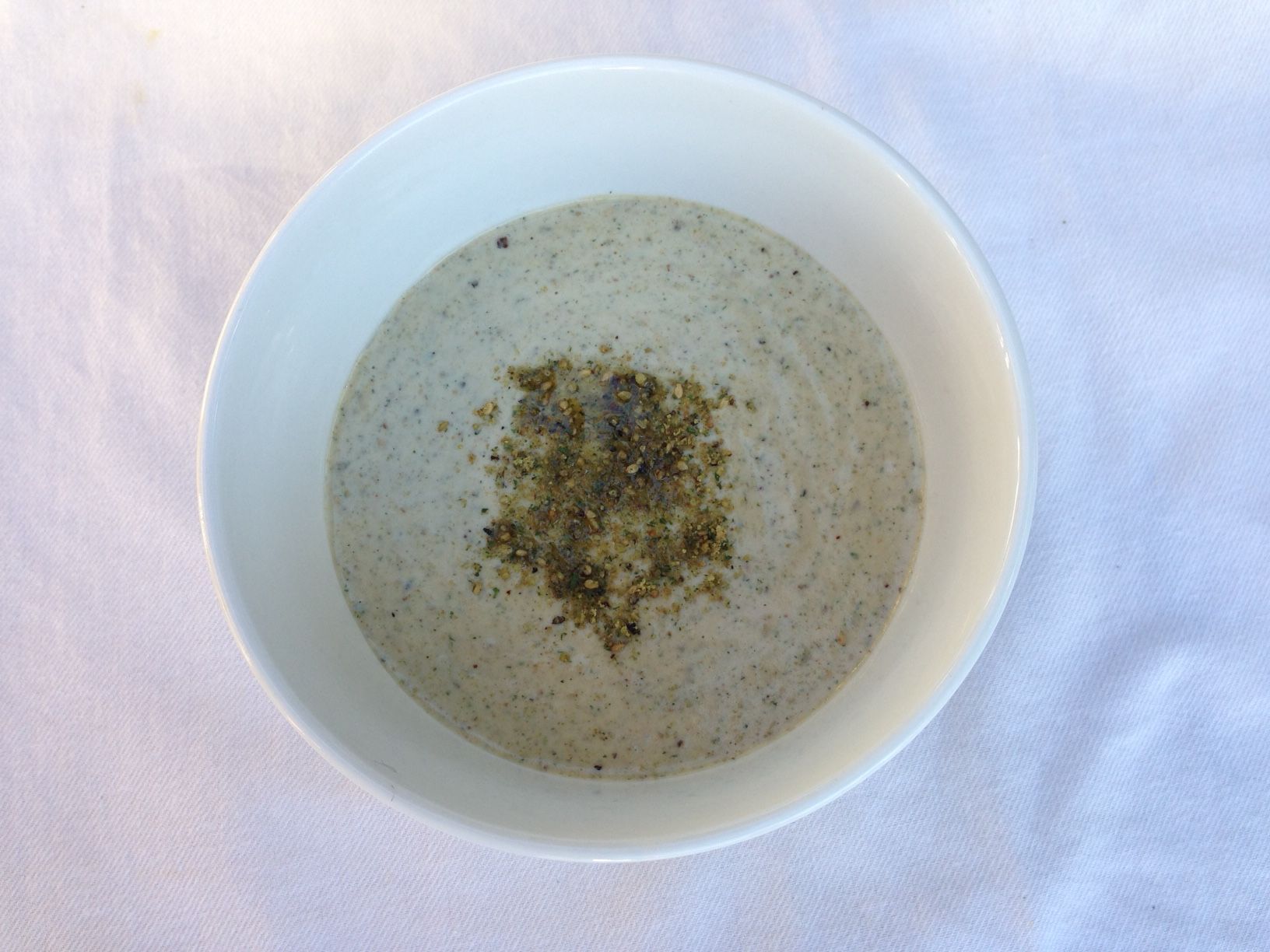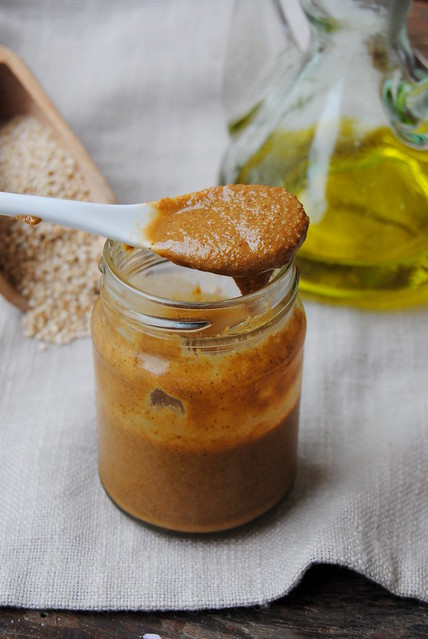
This needs to be done ASAP and in an airtight container again. When sealed in this way, tahini paste is good in the refrigerator for about 3-4 weeks, give or take. The trick is that it’s completely airtight once sealed. Many people choose to store homemade tahini paste in a mason jar or something similar. So, don’t overdo it with the oil or the blending. It’s thicker and with that lovely creamy consistency. Know that tahini paste isn’t like liquid when it’s ready. Add more oil as required.īe sure to scrape around the bottom and sides of the blender, so all whole sesame seeds are properly blended and don’t end up in the sauce. Err on the side of caution and use less oil, blend it, and confirm how smooth and creamy the sauce has become. Roughly 3-4 tablespoons of the oil are usually enough. Gradually blend in the extra virgin olive oil and blend the mixture until it transforms into a smooth paste. At this point, you’re ready to begin adding the oil. Process the seeds until it creates a dry, crumbly consistency. Wait until the seeds have fully cooled for best results. At this point, remove the pan from the heat. Wait until their natural fragrance is released and they take on a brown hue. Frequently stir them with a wooden spatula to ensure even toasting without burning them. Use moderate heat to avoid burning any seeds. Toasting in the Pan: Fill a dry pan with the sesame seeds.Remove the pan and let it cool for up to half an hour. The seeds will turn brown, and their natural aroma will be released. Roast the seeds for approximately 8-10 minutes. Use a sheet pan and fill it with the hulled sesame seeds.


If you particularly don’t like or find olive oil palatable, then it’s possible to substitute it with avocado oil, vegetable oil, or corn oil.

The oil provides the creaminess of the finished paste. Traditionally, only this type of olive oil is used in this type of cuisine. Don’t bother with other types of oils unless you prefer them and know how they’ll turn out. Oil is the second ingredient of the two essential ones to make tahini paste with a blender. With pre-roasted sesame seeds, you lose the ability to know how they were roasted and whether the process would have been something you’d disagree with.įor example, has the commercial oven been previously used to roast animal meat? In most cases, you just don’t know.
Tahini paste how to#
We’ll explain later how to roast your seeds before blending them but buying already roasted is another way to go. Therefore, we highly recommend choosing hulled sesame seeds over the alternative.īeyond this, it’s sometimes possible to purchase pre-roasted, hulled sesame seeds rather than raw ones. When toasted, these create a bitter taste though.Īlso, when blending, they make it much harder to create a perfectly smooth paste or sauce in the blender too. The unhulled sesame seeds have their casing/shell intact and enjoy a darker appearance. Sesame seeds come in two varieties: hulled sesame seeds and unhulled sesame seeds. Salt (as an occasional third ingredient).While this is simple enough, the specific type of ingredients and how they’re prepared to make a huge difference to the results you’ll achieve (and the taste too). Tahini is comprised of either two or three basic ingredients. Ingredients You Need To Make Tahini Paste With Blender

However, fortunately, the raw ingredients for it are more easily accessible and so it’s possible to create it from home. It’s not commonly found on supermarket shelves or in small produce stores. Tahini paste can be difficult to purchase at times.


 0 kommentar(er)
0 kommentar(er)
